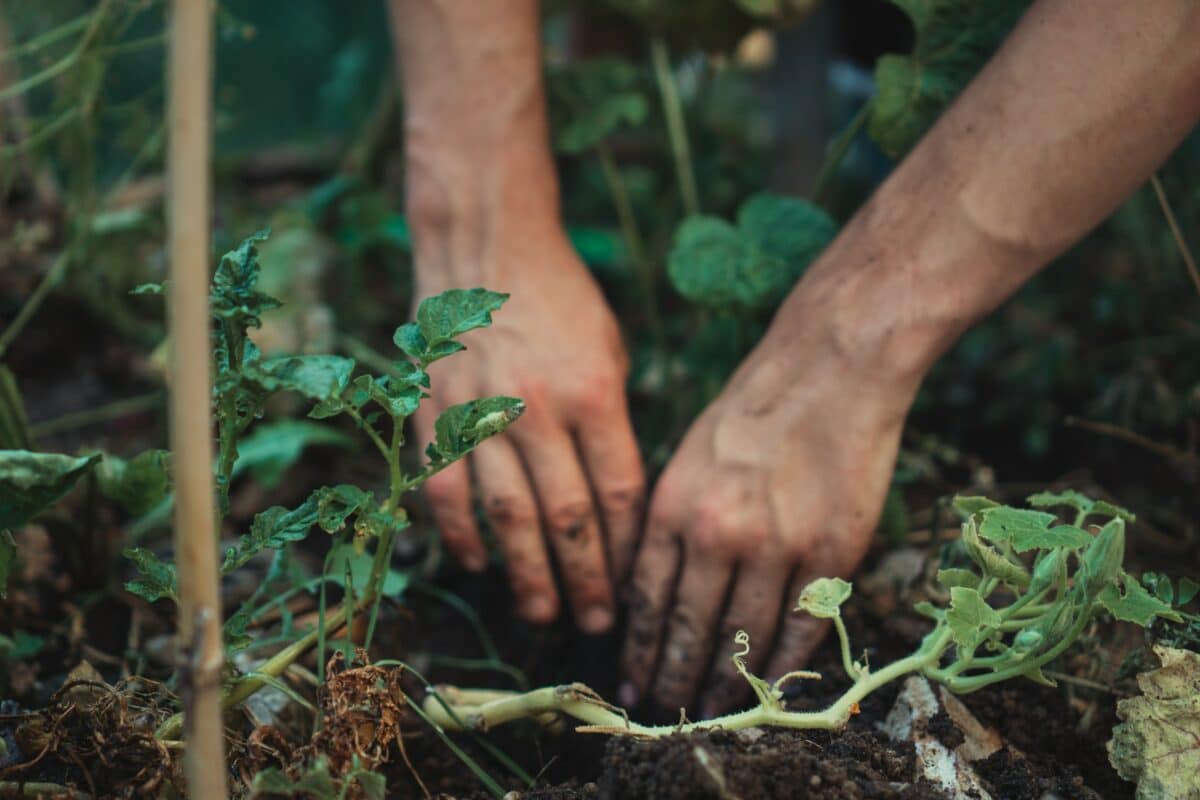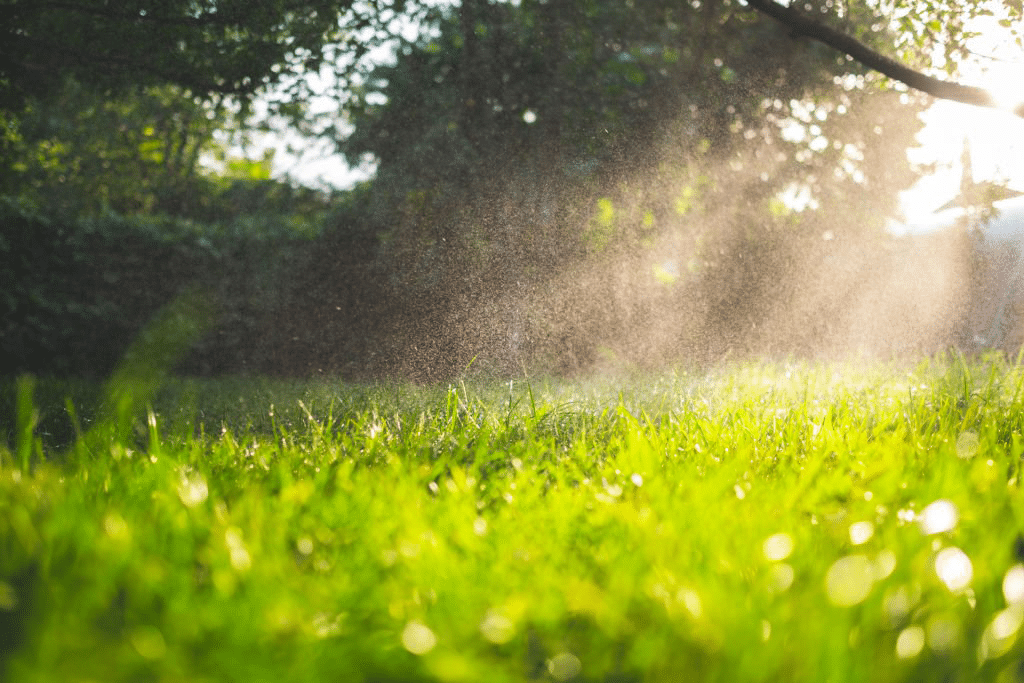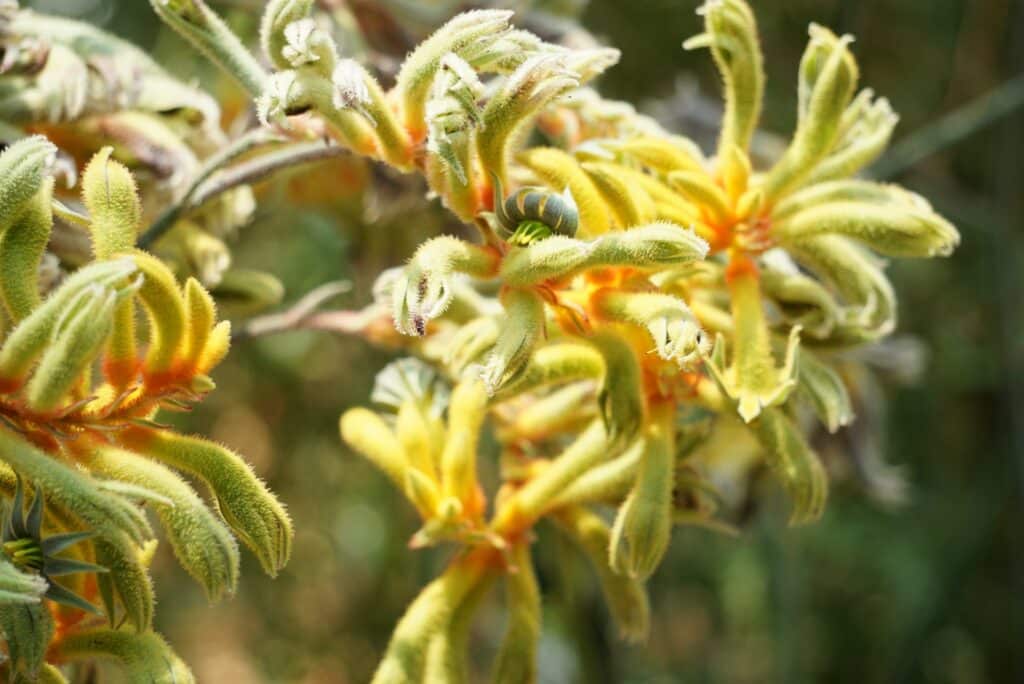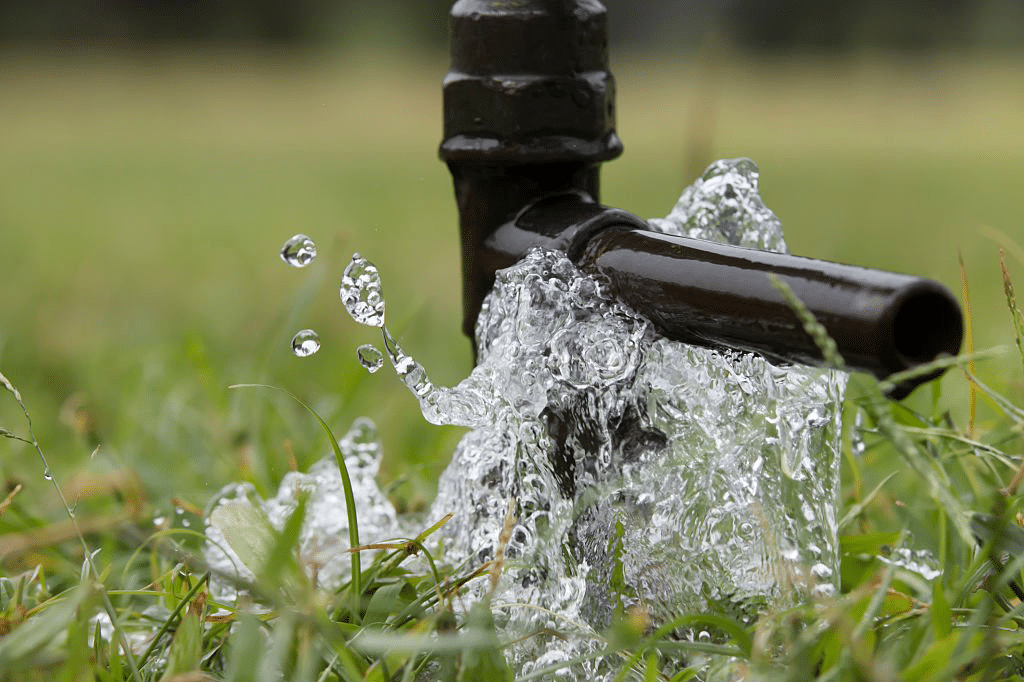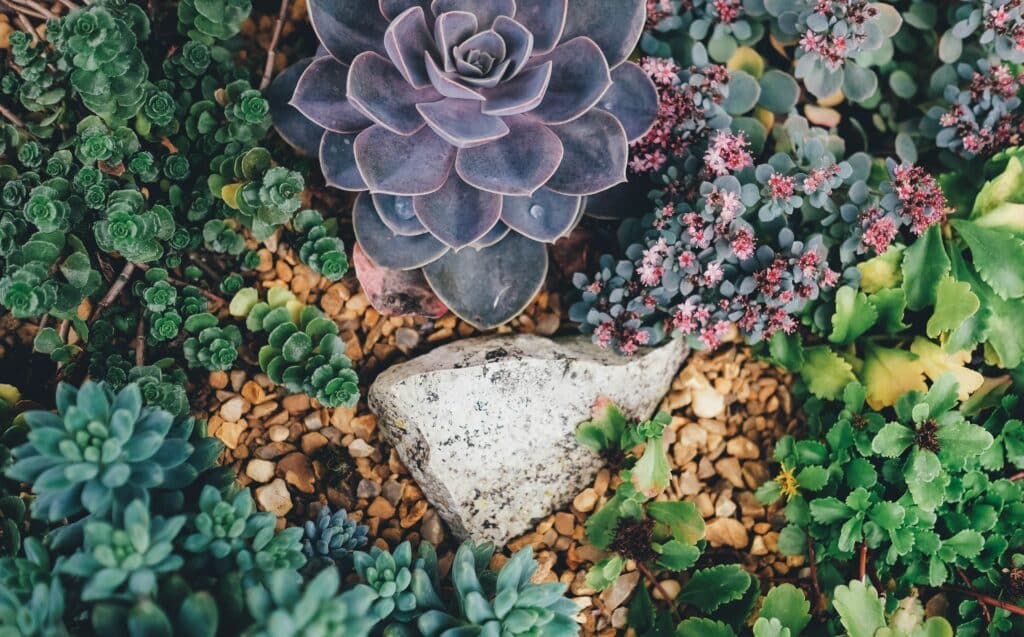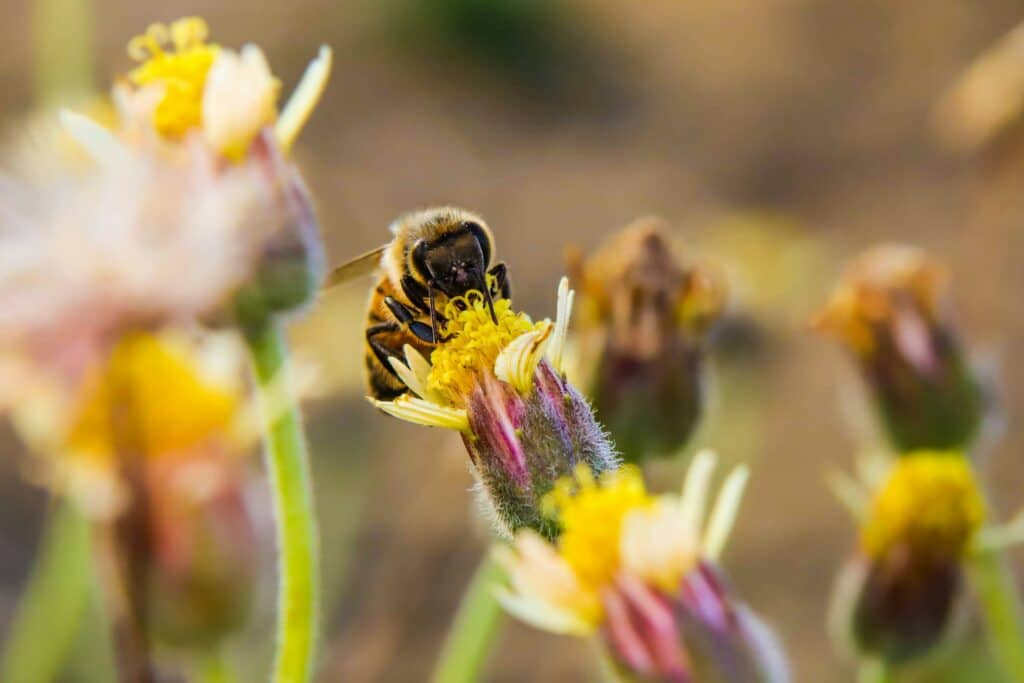In the bustling urban landscape of Sydney, creating a sustainable garden bed offers a refreshing oasis of greenery and tranquillity. By embracing eco-friendly practices, you can not only enhance the beauty of your outdoor space but also contribute to a healthier environment. Let’s explore how to build a sustainable garden bed in Sydney, step by step. Before we delve into it, you might also want to consider building a drought-resistant garden.
Choosing the Right Location
The first step in building a sustainable garden bed is selecting the perfect location. Opt for an area in your yard that receives ample sunlight throughout the day, as most plants thrive in sunlight. Additionally, consider factors such as drainage and proximity to water sources to ensure optimal growing conditions for your plants.
Preparing the Soil
Next, prepare the soil for your garden bed by enriching it with organic matter. Compost, aged manure, and shredded leaves are excellent choices for improving soil fertility and structure. Mix these organic amendments into the soil thoroughly to create a nutrient-rich environment for your plants to thrive.
Selecting Native Plants
When choosing plants for your sustainable garden bed, prioritize native species that are well-adapted to the local climate and soil conditions. Native plants require less water, fertilizer, and pesticides, making them ideal for eco-friendly gardening. Additionally, native plants provide essential habitat and food sources for local wildlife, further enhancing the ecological value of your garden bed.
Implementing Water-Saving Techniques
Water conservation is a critical aspect of sustainable gardening, particularly in regions like Sydney, where water resources can be limited. To minimize water usage in your garden bed, consider implementing water-saving techniques such as mulching, drip irrigation, and rainwater harvesting. Mulching helps retain moisture in the soil, while drip irrigation delivers water directly to the plant roots, reducing evaporation and runoff. Collecting rainwater in barrels or tanks provides a free and eco-friendly water source for your garden.
Avoiding Chemical Pesticides and Fertilizers
Chemical pesticides and fertilizers can have harmful effects on the environment, contaminating soil, water, and air. Instead of relying on synthetic chemicals, opt for natural alternatives such as neem oil, insecticidal soap, and compost tea to control pests and nourish your plants. These organic solutions are safer for the environment and promote the long-term health of your garden bed.
Maintaining Biodiversity
Promoting biodiversity is essential for creating a resilient and sustainable garden ecosystem. Incorporate a variety of plants with different shapes, sizes, and flowering times to attract a diverse range of beneficial insects, birds, and other wildlife. Additionally, avoid monoculture planting and strive for a balanced mix of species to prevent pest outbreaks and disease.
Encouraging Pollinators
Pollinators such as bees, butterflies, and birds play a crucial role in the reproduction of many plants. To attract and support pollinators in your garden bed, include a selection of native flowering plants that provide nectar and pollen throughout the year. Create habitat features such as bee hotels, bird baths, and butterfly puddling stations to offer shelter and resources for these essential creatures.
In conclusion, building a sustainable garden bed in Sydney is not only a rewarding endeavour but also a meaningful contribution to a greener future. By following these eco-friendly practices and embracing the principles of sustainability, you can create a thriving garden ecosystem that benefits both the environment and your local community. Start your journey toward a more sustainable garden today and enjoy the beauty and abundance it brings to your outdoor space. For more information, feel free to reach out to us at any time.


